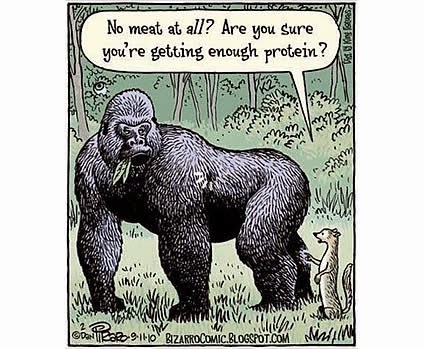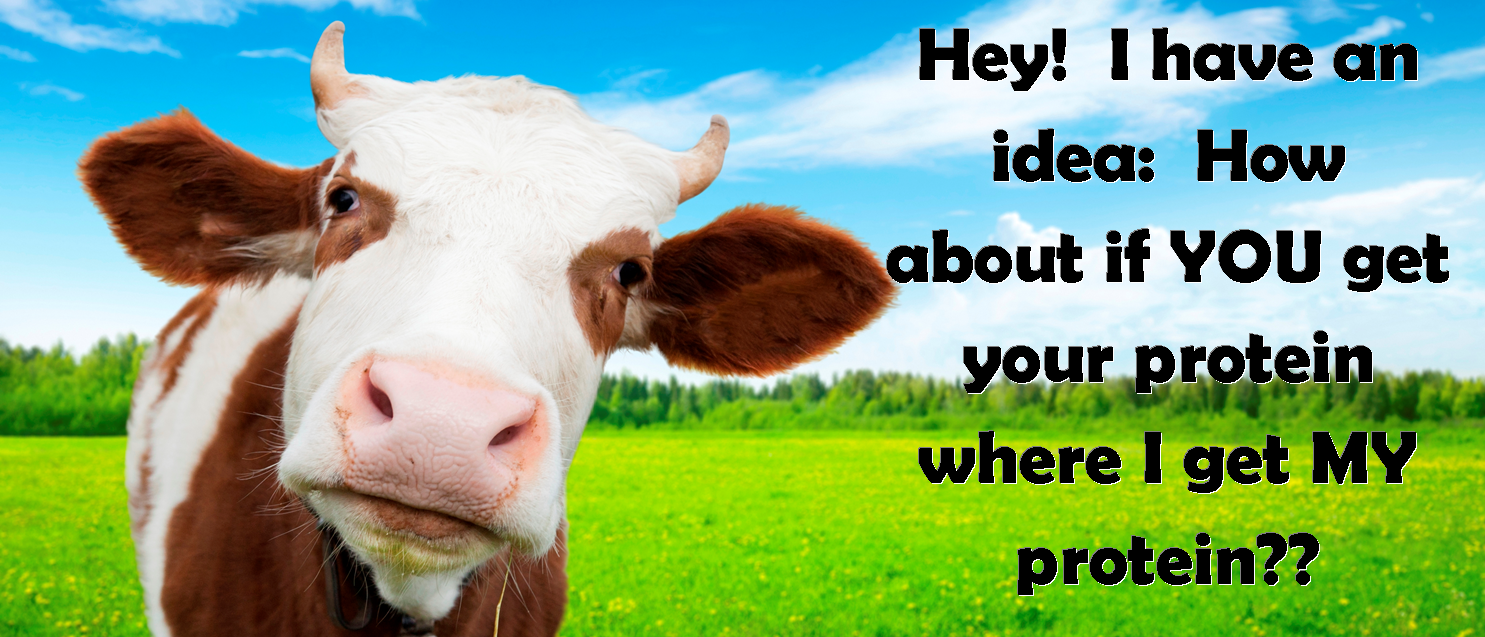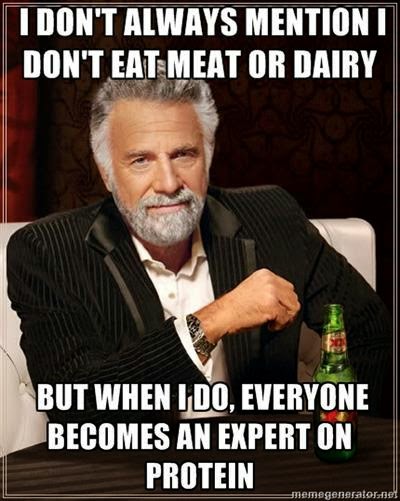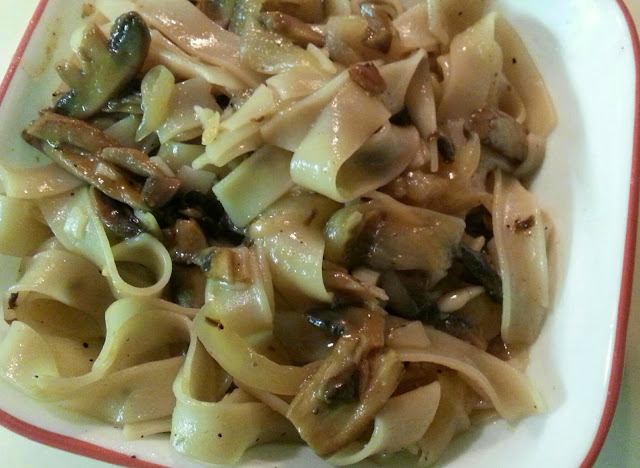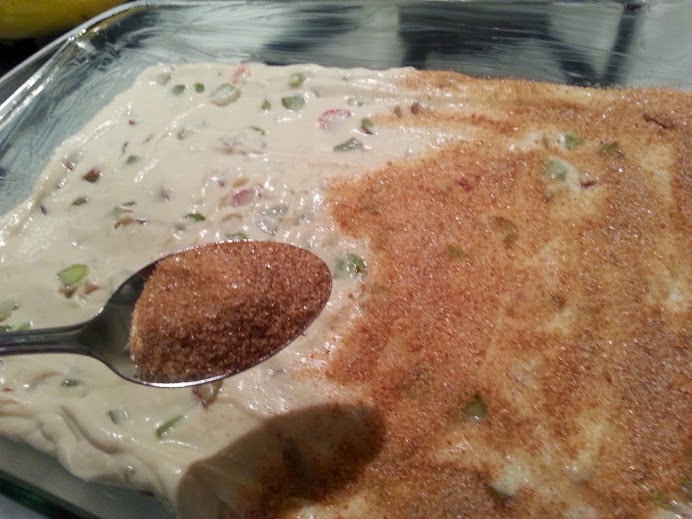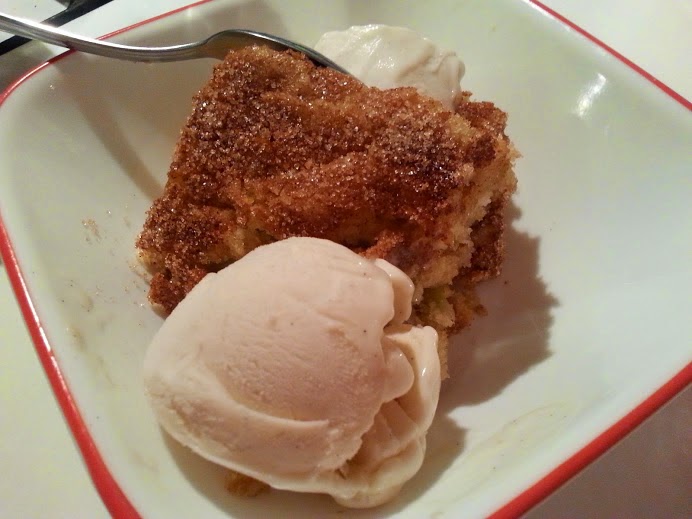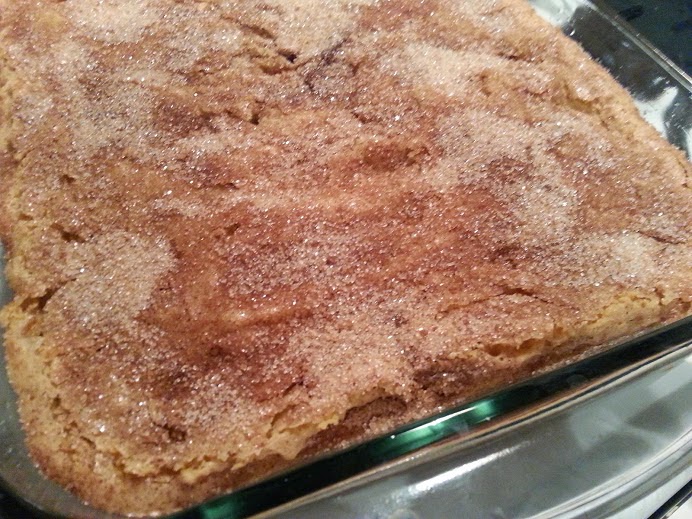Sassy Susie Sunshine Sounds Off About Food!
Wednesday, December 10, 2014
Yes, I eat like a gorilla!
Sunday, November 9, 2014
TRUTH: I’ve lost 25lbs since February. My blood pressure has gone from 200/105 (on 3 blood pressure medications!) down to 101/59. Want to learn how?
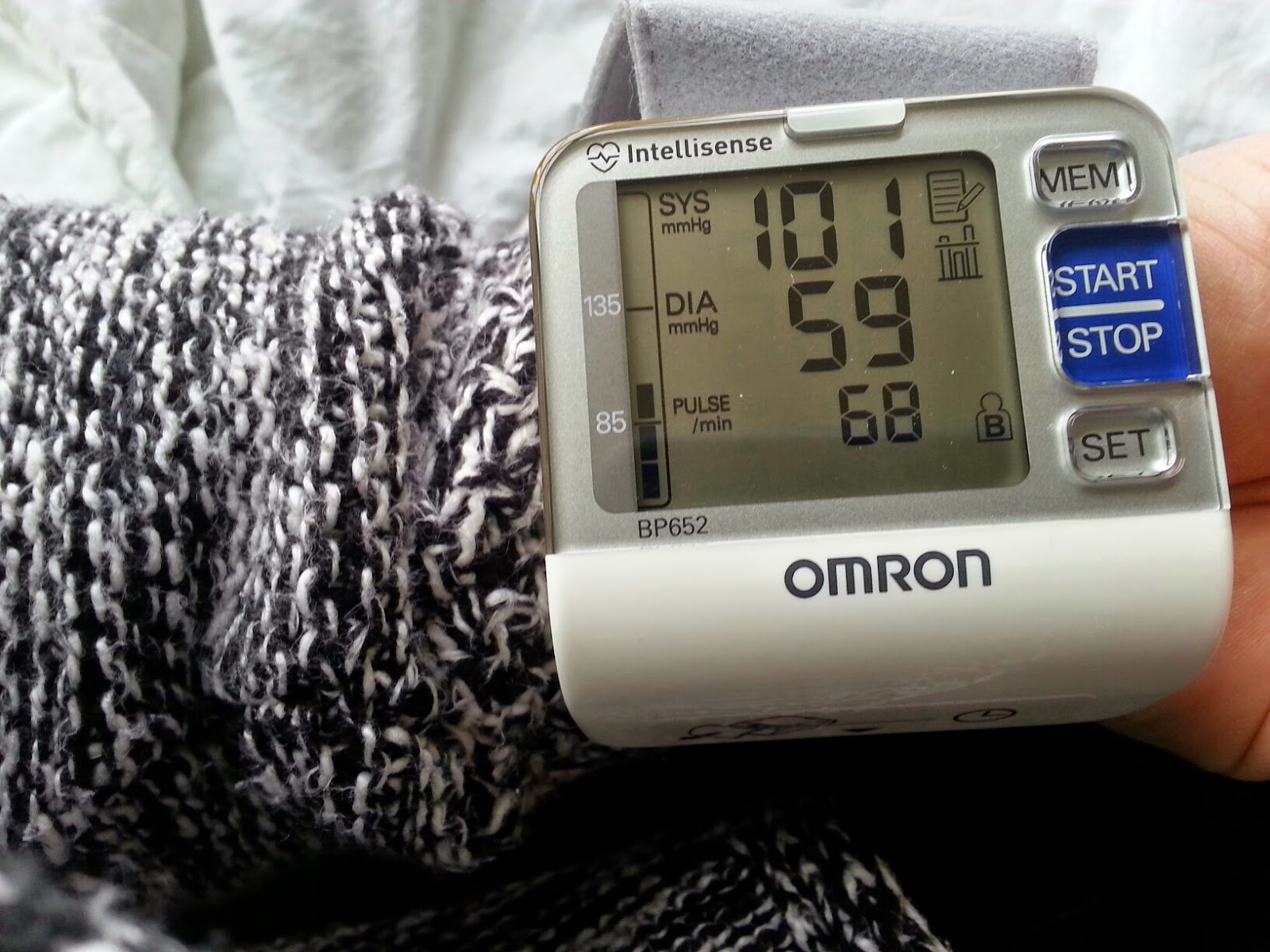 |
| My blood pressure this afternoon! I'm so happy! |
- Grains and grasses like millet, wheat, buckwheat, maize/corn, quinoa
- Potatoes, sweet potatoes, taro roots, cassava roots
- Countless types of beans (if you eat them often and cook them the correct way, you won’t get gas!)
- All vegetables, fruits, nuts, seeds, herbs and spices (NOT meat-based broth/bullions unless specifically labeled vegan and made with whole herbs and no msg)
- There are lots of types of edible flowers!
Saturday, October 18, 2014
Mushroom Drunken Noodles
Cooking for one isn't always easy if you are used to cooking for a family all your life. It definitely takes some getting used to, but it is easy once your get the hang of it!
I LOVE a good challenge, so not only did I want to cook a meal for one, I wanted it to be plant-based and low calorie, too! Just to add one more challenge, I made it gluten-free for my family and friends who need that, plus it helped to cut down the calories without sacrificing flavor.
Rice noodles are widely used in Asian foods. I find them to be similar in flavor and texture to egg noodles, but milder and better for you than any "enriched pasta." I'm amazed they are simply made with rice flour and water! The only downside to them is leftovers have a weird (and by weird I mean GROSS) texture, so only make what you will eat immediately.
If you're not familiar with Bragg's Liquid Aminos, you are in for a treat. It's a great way to get a salty, soy sauce flavor without the salt! There is no added salt; it only contains natural sodium from the organic soybeans, which doesn't affect you like table salt does. And, you have the health benefit of all those Aminos!!
To make this dish for more than one just multiply the amounts by the number of servings you need.
I didn't take demonstration pics throughout the process this time (sorry!). I was starving and really just wanted to eat, and once I finished I was like, "I have to share this with everyone!" Please forgive me and enjoy this low-cal comfort dish!
Mushroom Drunken Noodles
1tsp coconut oil, or other high-temperature cooking oil
1 small onion, sliced
1 small can mushrooms, well drained and reserve liquid, or 4 oz fresh mushrooms, sliced
1-2 cloves fresh garlic, finely chopped
Mushroom liquid + water to equal 2 cups
1/2 packet G. Washington's Rich Brown Seasoning and Broth (sold on Amazon here, or less expensively at most local grocers near the broth powders/cubes. It is vegan!)
1/2 tsp. Bragg's Liquid Aminos (also sold on Amazon), our you can substitute soy sauce
Ground pepper to taste
2 oz of wide rice noodles (found in Asian stores or some grocery stores' Asian section, labeled as "rice sticks")
Heat oil in a sauté pan over med-high heat. Add onion and stir frequently to brown the edges for 2 mins, then add mushrooms and brown them with the onions for a few more minutes. Turn heat down to medium, then add garlic and sauté together until onions are thoroughly cooked and soft, adding a bit of water as necessary to prevent from burning or sticking.
Once cooked through, add 2 cups water, broth packet, Bragg's, and pepper. Increase heat to med-high and bring to a boil. Then add the rice noodles and stir, cooking until noodles are all dente, approx. 7 mins.
Turn off the heat and cover for a few minutes so the noodles absorb the sauce.
Enjoy!
Monday, July 21, 2014
Rabarberkaka! AKA: Verna's RHUBARB CAKE!!
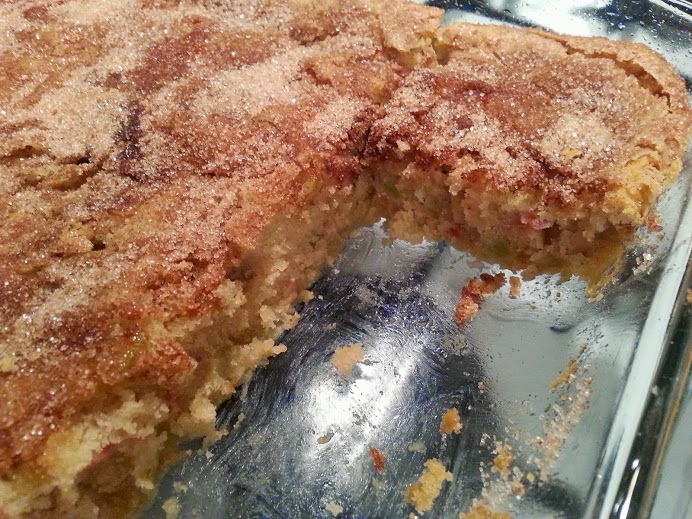 |
| Rabarberkaka |
Rabarberkaka is what the Swedish people call Rhubarb Cake. Now, Scandinavian cooking isn't exactly known for being exceptionally tasty (think: lutefisk!! Aaaacckkkkk!!). Growing up in Minnesota where Swedes and Norweigians abound, I have met many Scandinavians who think ketchup is "too spicy!" Y'all need some FLAVOR in your food!
However, My darling (former) mother-in-law Verna makes THE most amazing rhubarb cake that is sooooooo good!!! It's so good, you will want to steal the pan, then run and hide to eat the whole thing all by yourself. The grandchildren beg for it and even want it for their birthday cake! It truly is amazing-ness in a pan!
I found some fresh rhubarb at the St. Paul Farmers Market today for only $2. It's enough to make TWO cakes!!
I am so excited to be able to make this cake and veganize it! It's already vegetarian as is, but I chose to use evaporated cane sugar to avoid the animal char from regular white sugar, coconut oil to avoid the bad fats in the shortening, and I used almond milk and vinegar instead of the buttermilk. Presto! Instant success!
- 2 c raw rhubarb, cut in fine 1/8" slices
- 1 1/2 c sugar
- 1/2 c coconut oil
- 1 c almond milk, plus 1 tsp white vinegar (You need the acid from the vinegar for the proper chemical reactions with the baking soda. You won't taste it.)
- 1 tsp vanilla
- 2 c unbleached flour
- 1 tsp baking soda
- 1/2 tsp salt
- 1/4 c sugar
- 1/2 tsp cinnamon
Directions:
Preheat oven to 350* F.
Pour 1/2 c of the sugar over the rhubarb in a separate bowl, stir well and allow to sit for a few minutes while you take care of the other ingredients.
 |
| Pretty little rhubarb slices! |
In a stand mixer, add the cup of regular sugar and coconut oil and whip on high until creamed.
Blend milk and vinegar in a cup and stir well. Let it sit for a minute, then add vanilla. Blend into coconut oil and sugar mixture.
In a separate bowl mix your dry ingredients with a whisk to break up any clumps and to blend in thoroughly. Then dump dry ingredients into wet and blend just until there are no more dry clumps. Add rhubarb mixture and combine.
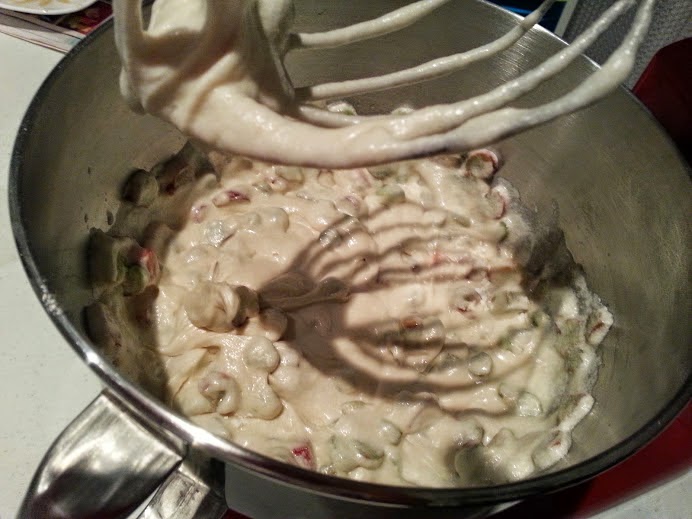 |
| Finished batter |
Grease a 9" x 13" cake pan. I just take a tablespoon of coconut oil and smear it all over the pan with my (clean) hand. It's a great moisturizer for your hands! :)
Pour your batter in the prepared pan.
Sprinkle the top with sugar and cinnamon mix to your liking (I like this A LOT, so I put on a thick layer of cinnamon-sugar mix!).
Sunday, June 29, 2014
“Kombucha, my Lord, Kom-bu-chaaaa….” Kombucha: Campfire song, or SUPER-FOOD drink?
There’s something about the word “kombucha” that always gets me singing this nostalgic song and subbing “kombucha” for “kumbaya.” Then it will be stuck in my head for HOURS! Weird? Yes, I know… But, you know you are singing "Kumbaya, my Lord..." RIGHT NOW!
Trivia Enthusiasts: In case you were wondering, “kumbaya” has several different spellings and means, “Come by here,” in the Gullah language, a Creole dialect.
Anyway… This is about kombucha, the fermented black tea beverage I like to call LIQUID SUPER-FOOD! I have had many people ask me about it lately, as I do tote it around with me and drink it every day. I hear a lot of, “What IS that??” with curious stares at my bottle that looks as if it is full of burgundy-colored flying fish roe…
I make my own home-brewed kombucha, and I also have a slight habit (okay, FINE. Call it an ADDICTION, but it’s a healthy addiction!!) of picking up a bottle of my favorite GT’s Synergy Black Chia Kombucha every time I go to Mississippi Co-Op or Whole Foods. It’s sooooooo delish!!
If you personally know me, you know I draw a very THICK line between people’s opinions/unfounded “facts” and actual scientific facts backed up by the most current research. You can find a lot of information about kombucha online. Whether or not it is TRUE information is another story…
So, let’s answer some of the questions with some scientific facts that I have found in studies done around the world. You can find the links to the studies I reviewed at the end of this post (if you do not have paid access to some of the science journals, you can view them for free at most local university libraries).
Is kombucha a new diet fad?
No. Kombucha originated in northeast China where it was prized during the Tsin Dynasty, about 220 B.C. (Seriously -- a VERY long time ago! Like, 2,234 years ago!), for its detoxifying and energizing properties. In 414 A.D., the physician Kombu brought the tea fungus to Japan and he used it to cure the digestive problems of the Emperor Inkyo.
As trade routes expanded, kombucha found its way first into Russia and then into other eastern European areas, appearing in Germany around the turn of the 20th century.
In the 1950's it arrived in France and also in France-dominated North Africa where its consumption became quite popular. Italian society's passion for the beverage peaked in the 1950s also. In the 1960s, science researchers in Switzerland reported that drinking kombucha was similarly beneficial as eating yogurt and kombucha's popularity dramatically increased.
Today, kombucha is sold worldwide in retail food stores in different flavors and kombucha culture is sold in several online shopping websites (Jayabalan, R., et al, 2014).
What is in it?
The most pure kombucha is made with organic black or green tea leaves, purified water, and organic cane sugar. After a fermentation period, a small amount of organic unpasteurized juice can be added for flavor variety.
My fav has black tea kombucha, some black currant juice, and some chia seeds for an amazing texture that is reminiscent of smooshed up raspberry seeds!
I have an “Obsession Session” class in how to make your own kombucha. Contact me directly if you would like a personal class or group class in how to make this. It’s super-easy!
In the studies I reviewed, the scientists followed a standard preparation of preparing the kombucha for their testing: One liter of purified water is boiled and 5 grams of tea leaves are added to brew for 5 minutes, then the tea leaves are removed. 50 grams of sucrose (which is just pure table sugar) is added and stirred until dissolved. The tea is cooled to room temperature, poured into a glass wide-mouthed jar, and then a 24 gram kombucha culture is added to float on top of the tea. The jar is covered with a tightly woven cloth and bound with an elastic band to keep insects away. The tea must be kept at room temperature (64-78 degrees F). The kombucha will be fermented after approximately 7-14 days, depending on room temperature.
For non-scientific purposes, you can bottle and refrigerate it at this point, or, add a bit of non-pasteurized organic juice to your bottles and allow to ferment at room temperature for another day or two to build up carbonation if you like it fizzy like a soda pop. Then be sure to refrigerate it to prevent too much carbonation from exploding your bottles! No juice was added in the studies, but unpasteurized organic juice will not detract from the nutritional value of the kombucha.
Different tea leaf varieties, amounts of sugar, fermentation time, and composition of kombucha culture account for differences in composition and biological activities of kombucha tea (Jaybalan).
How can kombucha tea benefit our health?
It is shown that kombucha can prevent disease, improve our health, and aid in recovery from disease or injury due to four main properties: detoxification, anti-oxidation, energizing potencies, and increasing a depressed immunity. The recent experimental studies on the consumption of kombucha show that it is suitable for prevention against broad-spectrum metabolic and infective disorders (Vina, et al. 2014).
Research conducted at the beginning of the year 2000 indicates that kombucha can help prevent cancer, prevent heart diseases, promote digestion functions, stimulate the immune system, reduce inflammatory problems, and many other benefits (Dufresne and Farnworth 2000). See the below list for details.
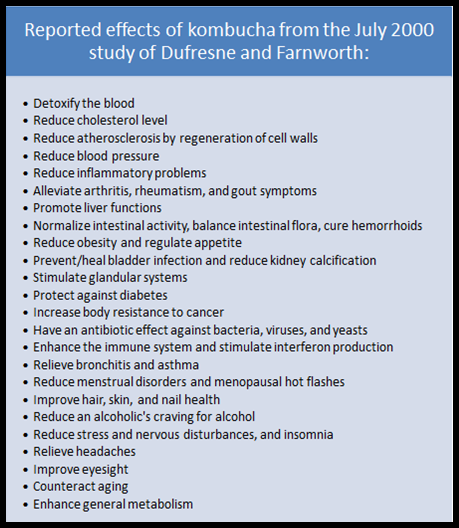
Just like the other foods and substances we eat, kombucha tea is a source of a wide range of bioactive components that are digested, absorbed, and metabolized by the body, and exert their effects at the cellular level (Jaybalan).
This is why I specifically will only recommend organic foods. You really don’t need genetically modified organism foods (commonly called GMO’s) or pesticides exerting their effects on your cells! This is why we need to drink kombucha—to rid our bodies of the toxins we ingest!
Is kombucha bad for you?
There is no substantial evidence to confirm the toxicity of kombucha or the occurrence of illness in earlier studies (Jayabalan, et al. 2014). No cases have been found to be directly linked to the beverage itself; some have been linked to improper preparation, such as lead poisoning from cooking vessels that were coated with a lead-based glaze (Phan, et al. 1998). However, that had nothing to do with the kombucha itself. Have there been unsubstantiated accusations? Yes. Confirmed TRUE cases? No. Even animal-based studies where animals were force-fed ridiculous amounts of kombucha tea displayed no significant toxicity (Pauline, et al. 2001).
Is there alcohol in kombucha?
Brewed kombucha according to the "recipe" used in the studies has less than 0.5% alcohol in it. How much alcohol is that exactly?? Well, if you pour your toddler a sippy cup full of orange juice in the morning, and he stashes it under the sofa, then re-discovers late in the afternoon and drinks it, the juice will have about 0.5% alcohol content by then. Not a big deal, right?
Now, if you would like to purposely create an environment for alcohol in your kombucha, there ARE several things you can do to increase the alcohol content. I’m not going to link to it, but you can Google it. ;)
So, there you have it. Just the facts. If you have any other questions you can’t find the answers to from a scientific, peer-reviewed, scholarly article, please post it in the comments below and I will happily research it for you.
If you are interested in purchasing your own kombucha culture to brew your own, I highly recommend you purchase cultures from the reputable Hannah at KombuchaKamp. She even has great prices on whole starter kits! You know you don't REALLY want to drive around from store-to-store to find gallon-size glass containers! I recommend a kit because it has everything you need, plus simple instructions to get started right away. If you have any issues at all, your purchase includes Kombucha Mama web support! Please click on the following link to go directly to KombuchaKamp:
RESOURCES:
Dufresne, C., Farnworth, E. JULY 2000. Tea, kombucha, and health: a review. Food Res Int 33:409–21.
http://www.sciencedirect.com/science/article/pii/S0963996900000673
Jayabalan, R., Malbaša, R. V., Lončar, E. S., Vitas, J. S., Sathishkumar, M. JULY 2014, A Review on Kombucha Tea—Microbiology, Composition, Fermentation, Beneficial Effects, Toxicity, and Tea Fungus. Comprehensive Reviews in Food Science and Food Safety, 13: 538–550. doi: 10.1111/1541-4337.12073
http://onlinelibrary.wiley.com/doi/10.1111/1541-4337.12073/full
Pauline, T., Dipti, P., Anju, B., Kavimani, S., Sharma, S.K., Kain, A.K., Sarada, S.K., Sairam, M., Ilavazhagan, G., Devendra, K., Selvamurthy, W. SEPT 2001. Studies on toxicity, anti-stress and hepato-protective properties of kombucha tea. Biomed Environ Sci 14:207–13.
http://chemport.cas.org/cgi-bin/sdcgi?APP=ftslink&action=reflink&origin=wiley&version=1%2E0&coi=1%3ASTN%3A280%3ADC%2BD3MnnslyitQ%3D%3D&md5=accd5ab3c44a1e5e7d3701a0cc40b4bf
http://www.ncbi.nlm.nih.gov/pubmed/9887919
Vīna, I., Semjonovs, P., Linde, R., Deniņa, I. (Laboratory of Industrial Microbiology and Food Biotechnology, Institute of Microbiology and Biotechnology,University of Latvia, Rīga, Latvia). FEB 2014. Current Evidence on Physiological Activity and Expected Health Effects of Kombucha Fermented Beverage Journal of Medicinal Food. February 2014, 17(2): 179-188. doi:10.1089/jmf.2013.0031.
http://online.liebertpub.com/doi/abs/10.1089/jmf.2013.0031
Sunday, June 22, 2014
Recipe for Success: Susie Sunshine’s Pezzetto Collard Stew
-1.jpg) |
Susie Sunshine’s Pezzetto Collard Stew
|
¾ cup fresh lemon juice
Monday, June 16, 2014
Out of the Mouths of Babes...
 |
| Elsie and her Sweet Potato Project |
